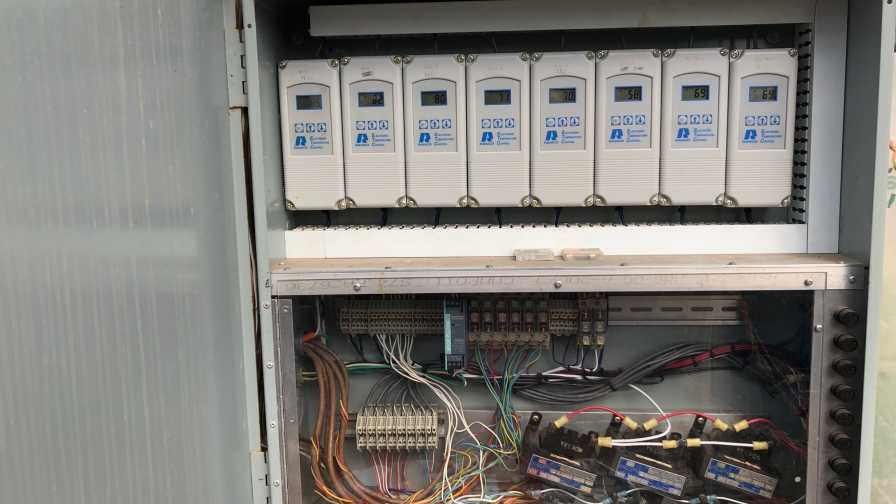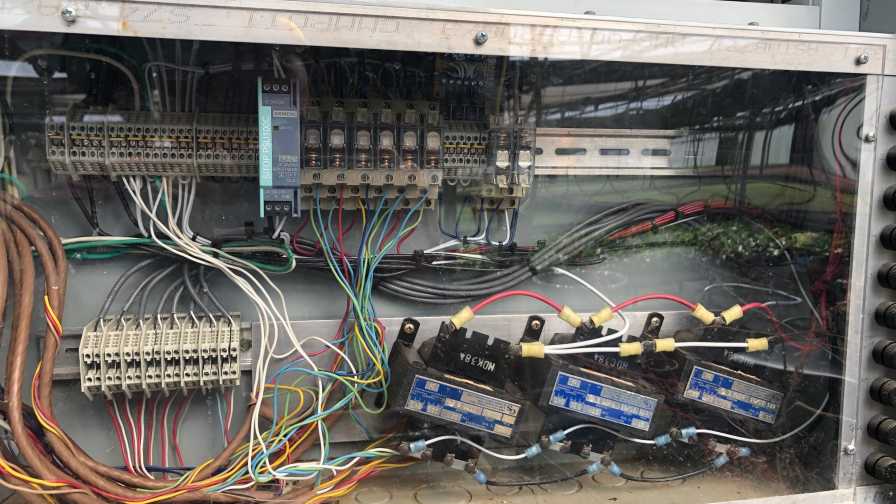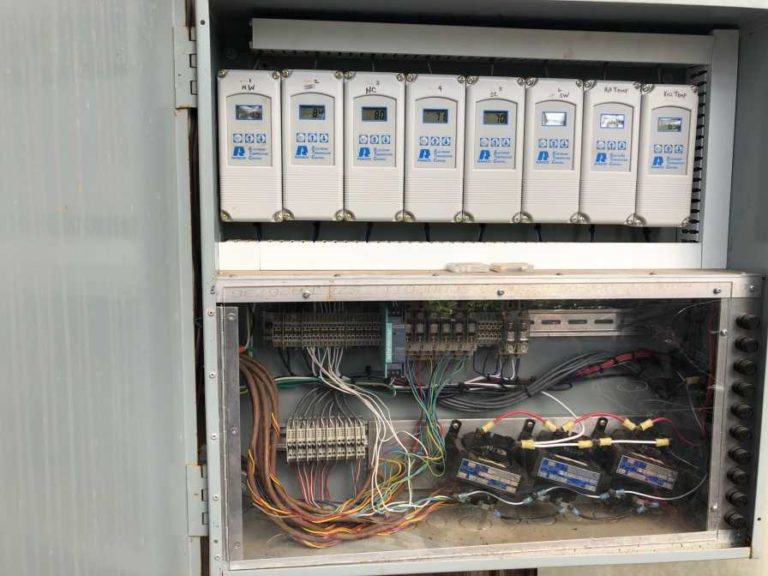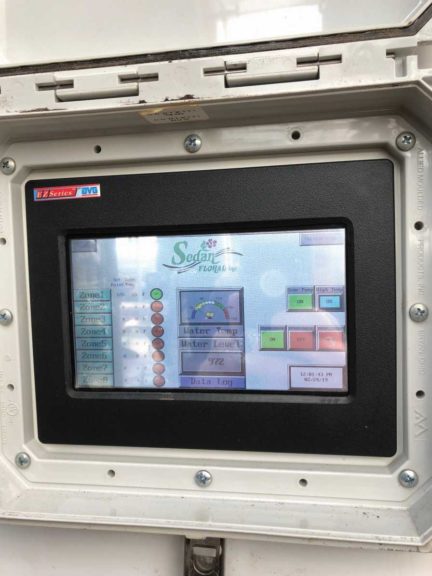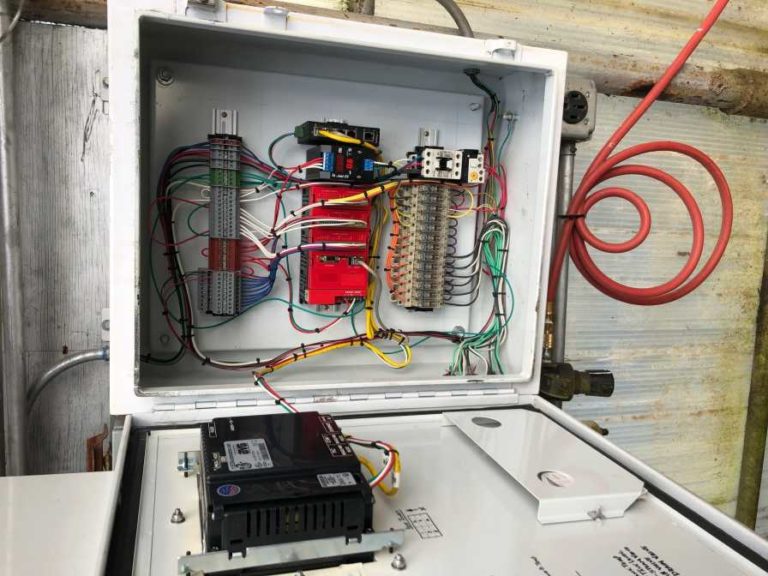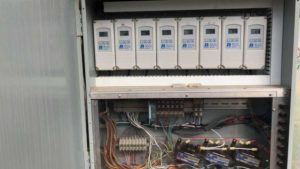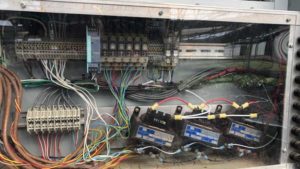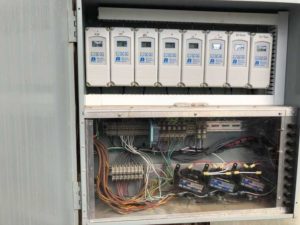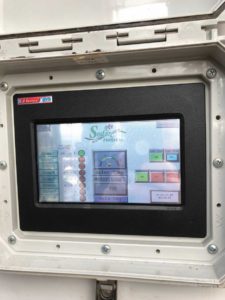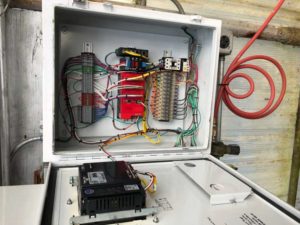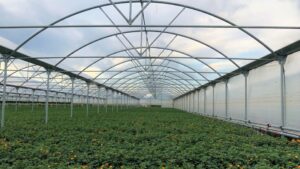How Sedan Floral Took Control of Its Greenhouse Environment
Jonathan Cude, the third-generation owner of Kansas-based Sedan Floral, has not only managed to merge two of his biggest dreams growing up — becoming a pilot and working in the family owned greenhouse — into a rewarding career. He’s also used this path to make cost-effective improvements to the company’s production of bedding plants.
The most recent example of this has been in Sedan’s upgrade of its environmental control systems. When the company built its second growing range in 1989, it added control systems that would have been considered high-tech at the same, but today are perhaps too basic.
“When I started looking at new systems, the suppliers I met with would ask what kind of houses we had, and most said they could easily put something together for us,” Cude says. The problem, he notes, is that with the company’s long history, each of its greenhouses are unique, and a system that might work well for one may not be the best fit for another. In addition, some of the older greenhouses are smaller, which added to a high cost per square foot.
“We needed to find a solution that was both cost effective and efficient, while realizing that each house was unique and different,” Cude says. “If you were lucky enough to get started in the industry in the 1980s, your houses are likely well laid out and organized. For older houses like many of ours, each one is different.”
How Sedan Developed Its Own Solution
It was this dilemma that led Cude to consider how he could build his own system from the ground up. Prior to that point, Sedan Floral would often take an existing control system, and manipulate it to fit the company’s needs.
“We always knew there was room for improvement in automating our greenhouse controls,” Cude says. “We became adept at developing workaround solutions, but when those solutions failed, we had to resort to changing parts and wiring here and there. By the time we were done, we had no idea what was going on inside the original box. After a while, I realized it would be easier to build a brand new controller than try to figure out why the first one failed.”
The first-generation controller that Cude built (using his experience in engineering) was a control box that used mechanical relays and off-the-shelf thermostats. It performed the same functions as the old controller, but because Cude also organized the wiring, he could follow it better. The end result was a system that Cude says works like an old pinball machine.
“When the thermostat turns on, it turns an electrical relay on. That opens the valve, and hot water flows,” Cude says. “It’s complex in that you have to know how one switch makes other switches function. In its most basic format, one switch turns on and automatically turns another off.”
At the same time Cude was developing this process, he was also reading about programmable logic controllers (PLCs).
“It became obvious that this could be done simpler with a PLC, but I’d have to know how to program it,” Cude says. “That’s a whole new set of skills. Because of that, I didn’t build the next one right away. I wanted to map out a solution using PLCs that I could understand and that would be easy to duplicate.”
Reliability and Consistency
The development of these homemade systems helped Sedan Floral resolve some of the compromises the company had to make with previous systems to fit its needs.
“We gained reliability and the ability to repair them, and we also gained by having the systems more closely fit with what we were trying to do,” Cude says. “The new system does what the old system did, but it’s more consistent and easier for me to work with.”
Cude is quick to point out that just because he was able to develop a custom control system on his own, it doesn’t mean his system is better than those currently on the market. In fact, most of the control systems offered by suppliers work great.
For Cude, it was more a matter of finding a solution that provided the exact features he was looking for.
“I knew I could design something that would work for us,” Cude says. “I gained reliability with the first system, but for the second, we really got creative and started looking for new functions and data collection that would be ideal for us.”
For an engineer like Cude, the opportunity to learn more and see a real-world result was invaluable, and helped him pick up skills that will likely help him in other projects down the road.
“I love that aspect of it,” he says.
Build a Plan, and Stay on Course
For those growers looking to go down the same road as Cude, he says it’s important to define what you want to build, get a clear roadmap, and then proceed with a solution.
“It sounds simplistic, but what inevitably happens is we get off track,” he says. “Without a roadmap, you can get sidetracked into a system that does things you didn’t even want.”
At Sedan Floral, Cude simply wanted to be able to turn the heat and fans on in the greenhouse, but not at the same time, and to be able to monitor temperatures all day long and record them.
“If this is what you want to do, and you’ve defined it in simple terms, then you either build your own system or work with automation control companies who may have a solution that fits your needs,” he says. “If those companies can get you started and allow room for expansion, that is an efficient way to tackle your problem.”
It was the PLC box that gave Sedan Floral the best opportunity to expand.
“There’s a touch screen on it that allows me to record different things if I wanted to,” Cude says. “I could also turn it into an irrigation or lighting controller. It currently only controls table heating, but it has those capabilities.” Moving forward, Cude says that when it comes time to add environmental controls to Sedan’s new greenhouses, he’ll very likely turn to an experienced supplier who can offer a standard industry solution.
“If they have the right system, it may be our smartest decision,” he says.
Engineering Solution
When Jonathan Cude was a kid, he wanted to be a pilot, and an aerospace engineer. He also wanted to own a greenhouse.
“People laughed at that, but it ultimately became my career path,” Cude says. “I got my pilot’s license when I was 19, and earned a degree in Aerospace and Mechanical Engineering from Oklahoma State University.”
Since then, he’s taken this experience back to Sedan Floral and put the sciences of engineering and horticulture together.
“When you look at what it takes to make the ideal greenhouse environment function, it’s based in engineering principles,” Cude says. “Perhaps not aerospace engineering, but all of your electrical systems, heat loss, and air flow are engineering problems. Because I have that background, most of this knowledge is of personal interest to me. If I didn’t have that background, we’d probably buy solutions off the shelf.”




